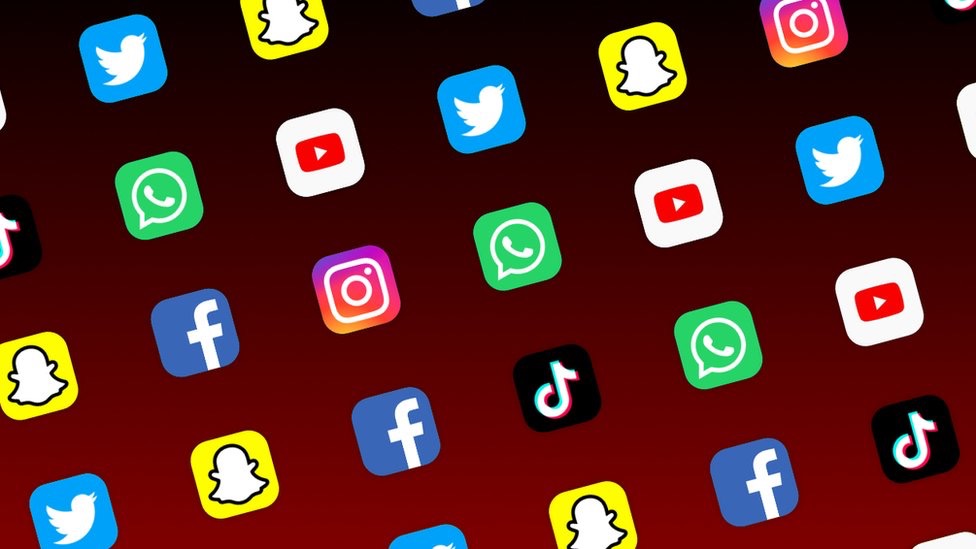
FOMO and Social Media: Unpacking the Psychological Impact and the Potential for Connection
The constant buzz of social media notifications can be both a blessing and a curse. While communicating through technology is a useful tool which allows us to connect with the world, it can also cultivate a pervasive fear of missing out (FOMO). This reflection will explore how our research sources illuminate the negative aspects of FOMO and its link to social media use, while also prompting further insight into the potential benefits of social media and the long-term effects of FOMO on mental health.
Our first source, "The Social Media Party" by James A. Roberts and Meredith E. David, delves into the academic side of FOMO. Using data and statistics, they demonstrate a clear correlation between social media use and FOMO, particularly among teens and young adults. The authors explain the "Information Foraging Theory," which highlights our innate desire to seek information about our social standing. Social media caters to this urge, and the more time spent on these platforms, the more likely it is that users will encounter content that triggers FOMO, like friends having fun at events they weren't invited to. This cycle fuels social media use and intensifies FOMO, ultimately leading to a decline in overall well-being. Our second source, is an article from the Journal of Behavioral Sciences, which takes a more social and psychological approach. It explores the nuanced effects of FOMO on different genders. The study suggests that women, due to larger friend groups and a stronger emphasis on social connection, might experience FOMO more acutely than men. The article highlights the comparison culture prevalent on social media, particularly regarding appearance and lifestyle, which can exacerbate FOMO in women and lead to negative self-perception.
The research article by Gupta and Sharma (2021) titled “Fear of missing out: A brief overview of origin, theoretical underpinnings and relationship with mental health” provides a strong foundation for understanding FOMO in the context of social media. The authors conducted an extensive review, analyzing 75 sources and incorporating 36 studies into their analysis. This comprehensive approach allows them to paint a detailed picture of FOMO, encompassing not just its social media origins but also its connections to mental health, sleep, and academic performance. The article goes beyond simply defining FOMO, delving into the ways social media use can negatively impact people's lives.
I believe our sources effectively paint a picture of the negative consequences of FOMO and its association with social media.However, their focus prompts further exploration. Firstly, is FOMO solely a negative phenomenon? Social media can foster connections, provide a platform for self-expression, and even spark social movements. Could these positive aspects potentially mitigate FOMO by fostering a sense of belonging and community? Secondly, our research focuses on the short-term effects of FOMO and social media use on mental health. Is there long-term research available that explores the lasting impact on individuals, especially as social media platforms and our relationship with them continue to evolve? In conclusion, FOMO, fueled by social media, presents a complex challenge. While the sources effectively highlight its detrimental effects, I believe a more comprehensive understanding of the long term effects needs further investigation.
Works Cited
Saeed, Qudsia, et al. “Mediating Role of Fear of Missing Out in Psychological Needs Satisfaction and Social Media Engagement among University Students.” Journal of Behavioural Sciences, vol. 32, no. 2, July 2022, pp. 63–80.
Freedom of the Press, constitution.findlaw.com/amendment1/first-amendment-freedom-of-the-press.html. Accessed 21 May 2024.
Post a comment